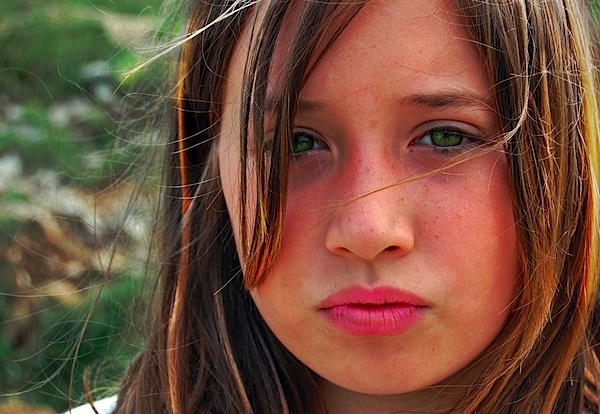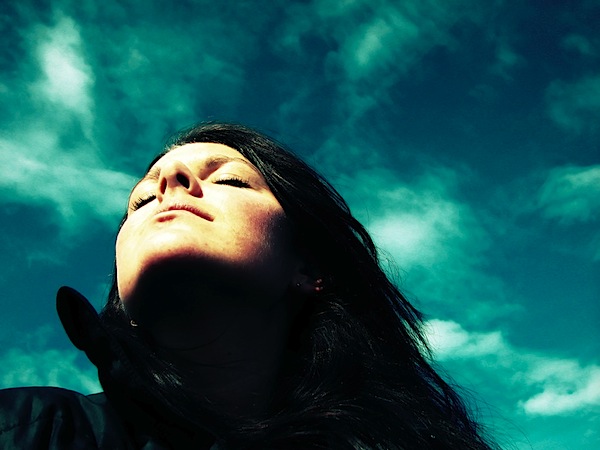Grab a camers! It's PHOTO WALK FRIDAY!
You'll be looking for PEOPLE in scenery. You may pose classmates somewher outside, or you may take candids of people in the places we visit. Think about what makes a good pose, how busy or distracting is your backgound, and most importantly... ANGLES! Up, Down, Side, don't just shoot straight on!
1) Never select all of the focus points for portraits, pick one.
When you pick the autofocus option that allows the camera to select focus points, you are doing your portraits a terrible disservice. This feature of a camera is usually designed to pick whatever is closest to the lens and focus there. In some cases, like with my 1DS Mark III, the camera will choose a cluster of focus points and make a “best guess” based on averaging the distance between all of the chosen points. Using one focus point gives you, the photographer, ultimate control.
2) Always focus on the eyes.
The eyes are the windows to the soul, and should be the focal point of any good portrait. Not only are the eyes the most important part of a good portrait, but they are the sharpest element on the face and should be left that way. When you are shooting with a wide aperture value focused on the eyes, the lens’s bokeh will aid in softening the skin as well.

Image by Geomangio
3) Shoot wide open for shallow depth of field.
There are quite a few reasons to invest in a fast lens capable of wide aperture values; the most common is for shallow depth of field. Now that you can shoot at ƒ2.8 or ƒ4 you should use it. Most fantastic natural light portraits are from wide aperture values and it is all because of the wonderful smooth background blur we call “bokeh”.
7) Shoot in the shade (Avoid direct sunlight)
Direct sunlight is harsh, makes your subject squint, and creates hard directional shadows and unpredictable white balance conditions. When shooting in the shade, there are no more harsh shadows, only smooth milky shadows created by your subject’s natural features. With proper exposure and white balance, you can make these shots look amazing.
8) Shooting carefully on an overcast day.
Natures softbox is a giant blanket of clouds. A good heavy blanket of cloud cover can help you enrich your colors, and make some very smooth and pleasing shadows.

Image by Meredith Farmer
13) Keep the power-lines and signs out!
We have already discussed keeping your camera focused on the eyes; keep your mind focused on the image as a whole. Power lines, signs, long single blades of grass, single pieces of garbage, sometimes even trees can be serious distractions from the overall focus of the image… The person you are photographing.
Last, and most important, have a great time shooting, enjoy what you’re doing and it will show in your work, and the expression of your subject.





.png)
















